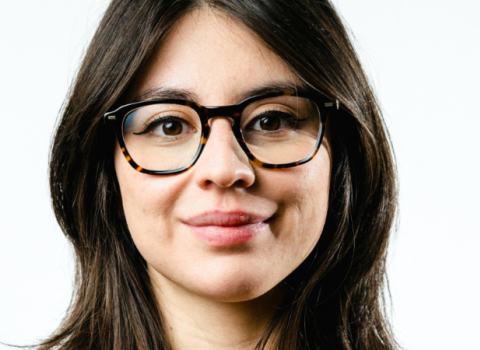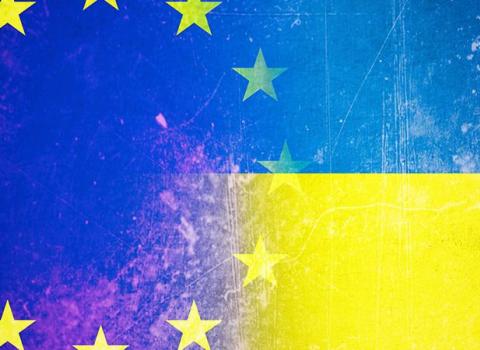Following initial consultations, a European Commission memo has outlined six forms the European Innovation Council (EIC) could take, with ideas put forward ranging from a light touch approach web portal for innovators, to the formation of a brand new funding institute.
The memo from the Commission, dated 16 December, says it is, “too early to recommend with a high degree of confidence a single EIC model,” promising consultation to, “gauge what is politically feasible.”
A Commission spokesman for research declined to comment on the circulating memo, which is an “internal DG working document" that has not been approved. “In terms of substance, we would like to clarify that we are not envisaging the creation of a new institute. We are at phase of collecting all the inputs from stakeholders. We will soon be establishing a webpage where all the inputs will be made available,” the spokesman said.
The possibilities outlined in the memo are:
1. One stop shop
A new web portal with simplified information on EU grant competitions aimed at innovators. According to the Commission, this scenario would involve no major resource re-allocation but equally, could have limited impact.
2. Panel of wise men and women
The EIC as an advisory council providing advice to the President and/or Vice Presidents of the Commission on funding priorities, giving opinions on the innovation impact of tabled EU regulations and overseeing an EU innovation awards scheme.
This panel could contain “some wild cards” for example, students, anthropologists, citizens and designers, but would have to avoid overlaps with the new seven-member EU Scientific Advice Mechanism and with the Commission President Jean-Claude Juncker’s internal think tank, the European Political Strategy Centre.
3. Airbus-type clusters
In what is described as a “complex, not intuitive approach”, this option would see the creation of decentralised ‘Airbus-type’ clusters of excellence.
However the Commission is mindful of duplication. This function “could possibly be achieved through the use of the European Institute of Innovation and Technology (EIT)”, the memo notes.
4. A twin for the European Research Council
This scenario would see the EIC reward successful innovators through substantial grants, in the same way the European Research Council recognises outstanding researchers.
Winning applicants could be chosen by venture capitalists, although the memo acknowledges this could open up issues surrounding conflicts of interest.
5. An EU take on DARPA
This scenario would port the innovation model of the US Defense Advanced Research Projects Agency (DARPA), the government agency responsible for ‘moonshot’ initiatives such as the internet and stealth technology.
This version of the EIC would support small, excellent, commercially-minded researchers to run “high risk high gain projects implemented under tight time constraints”. It could be headed by an experienced entrepreneur.However, the memo says this scenario would be difficult to implement because of budgetary constraints and the need for legislation.
6. Hybrid high-risk funding agency with advisory clout
The sixth scenario, recognised as potentially the most ambitious, envisages the EIC as a big risk-taker. EU funding would be re-directed to projects which promise breakthrough rather than incremental innovation.
An EIC in this mould would have an advisory function, consult national innovation agencies, and award grants to help academics move into the business world.
This option would disrupt existing EU funding instruments and could have implications for the role of the EIT.




 A unique international forum for public research organisations and companies to connect their external engagement with strategic interests around their R&D system.
A unique international forum for public research organisations and companies to connect their external engagement with strategic interests around their R&D system.